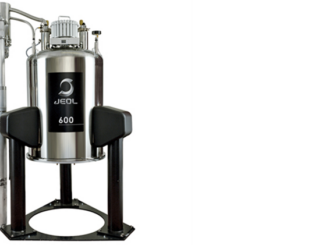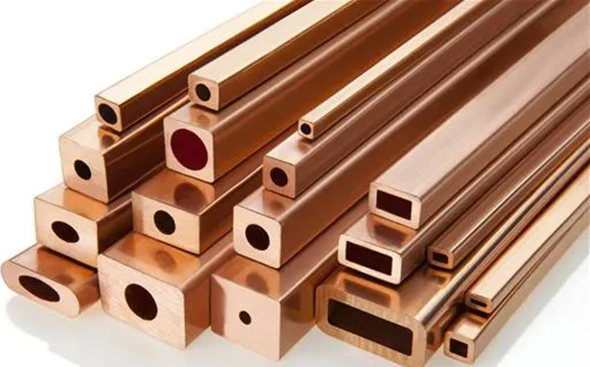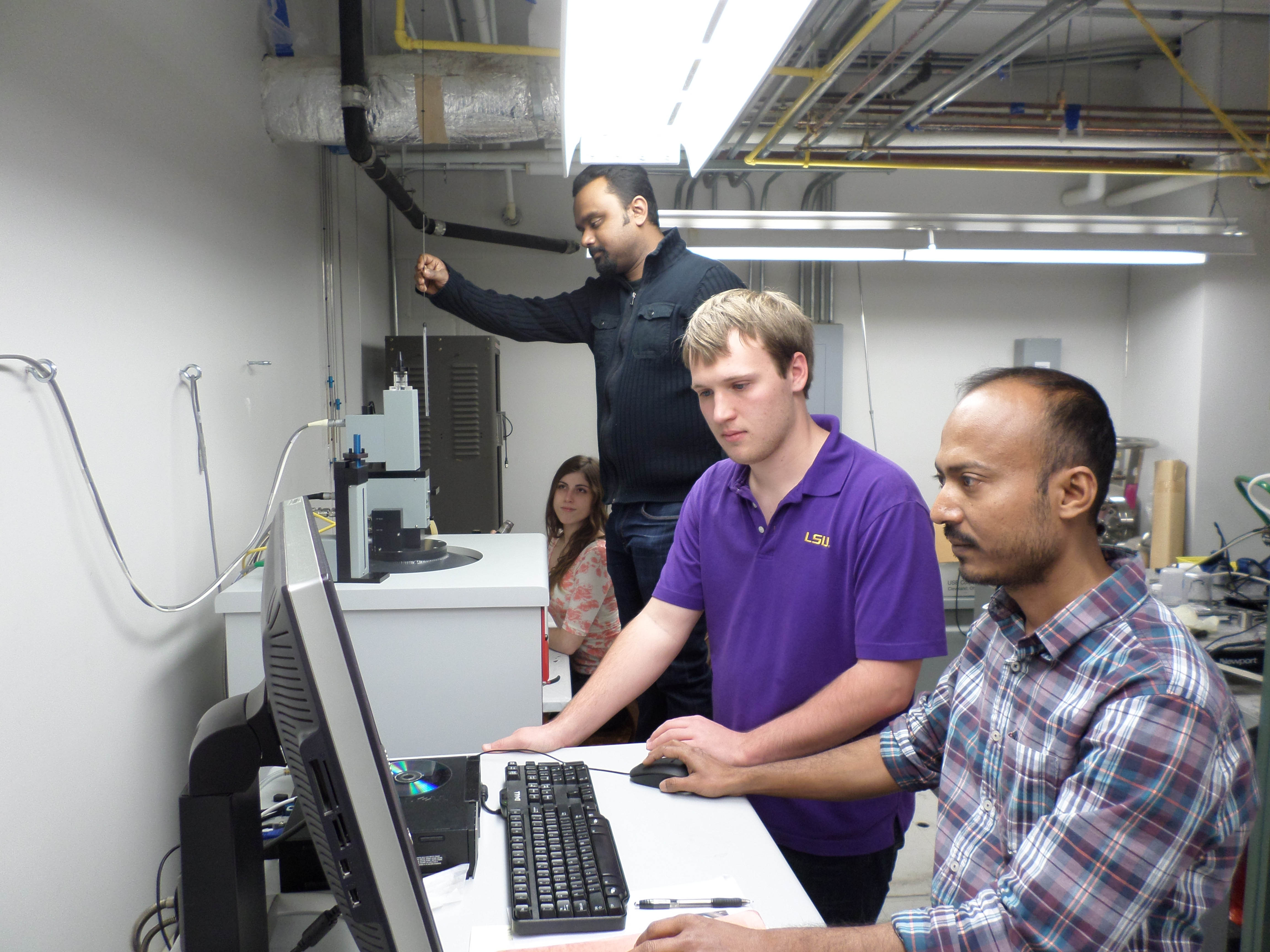 The household refrigerator, sitting in the corner of virtually every US kitchen, has been essentially the same for almost 100 years; air-conditioning, based on the same technology, almost 75 years. But with the traditional vapor-compression model reaching its limits for advancement in efficiency, cooling still eats up as much as one quarter of US daily energy consumption.
The household refrigerator, sitting in the corner of virtually every US kitchen, has been essentially the same for almost 100 years; air-conditioning, based on the same technology, almost 75 years. But with the traditional vapor-compression model reaching its limits for advancement in efficiency, cooling still eats up as much as one quarter of US daily energy consumption.
So, what if refrigeration systems could be even better? What is the future of cool? DOE’s Ames Laboratory, together with the larger scientific community, believes it could be magnetic cooling, a refrigeration system which exploits the magnetocaloric effect—a temperature change of a material caused by exposing it to a changing magnetic field. Scientists have been attempting for years to push this promising energy-efficient alternative over the gap between fundamental research and applied technology.
Earlier this year, Ames Laboratory Chief Research Officer Duane Johnson and scientist Vitalij Pecharsky helped organize and participated in a workshop, Advancing Materials for Efficient Cooling 2015, hosted by the Maryland Nanocenter at the University of Maryland. There, Pecharsky said, academia, national laboratory scientists, and representatives from industry met to discuss the current limitations of all three types of solid state cooling based on one of three so-called caloric effects —electrocaloric, elastocaloric, and magnetocalorics, Pecharsky’s area of research interest.
“The first big question is whether this technology is still worth pursuing, and the overwhelming sentiment is ‘yes,’” said Pecharsky of the workshop. “The potential gains in energy efficiency are too significant to ignore.”
Almost 20 years ago, Ames Laboratory scientists Karl A. Gschneidner Jr. and Pecharsky announced groundbreaking progress in magnetic refrigeration—they discovered a gadolinium alloy that allowed magnetocaloric cooling to occur at room temperature, and a prototype refrigeration system was built in partnership with Astronautics Corporation of America Ltd.
Since then, research at Ames Laboratory and globally has progressed, and there are occasionally demonstration models put forth by industry, but there is still no currently known commercially available product that uses a magnetic cooling system.
“‘What needs to happen next?’ is one of the questions the workshop was held to answer,” Pecharsky said. “Everyone agrees we need better materials, it’s as simple as that,” he said. “We have only a few families of materials that have a reasonable magnetocaloric effect. Almost 20 years ago we called it giant—a giant magnetocaloric effect. Now we know that it was just reasonable, even though at that time it was just about the strongest known. We could make a device with these reasonable materials, but in order for them to become commercially successful, we will need stronger effects that can be triggered by smaller fields.”
“We’re not quite there on the science side yet,” Duane Johnson concurred. “We not only need to have a material with these caloric cooling properties, but ones that are controllable within a range of temperatures for which various forms of cooling systems are used. That’s going to be key to getting manufacturers interested.”
Even with a superior magnetic material, it’s a big leap for manufacturers to make.
“For the consumer, the look and function of a magnetic refrigerator wouldn’t change,” said Pecharsky. “But for the manufacturer this is a radical departure, replacing a compression unit with an entirely different system. Current refrigeration technology is highly refined, relatively inexpensive to build, and cost-effective to operate. Until science can provide them and their consumers with a big advantage, it won’t be financially viable for them to retool production.”
That big advantage is a potential 20 to 30 percent reduction in the energy cost of refrigeration.
“That’s roughly equivalent to the US import of oil every day, energy-consumption wise,” said Johnson. “The potential economic and societal impact is enormous, if you think about all the ways in which we use cooling technology.”
Pecharsky said the improvement in materials wouldn’t need to be a large one to push the technology over to a successful commercialization.
“If we could incrementally improve the magnetocaloric effect using inexpensive and readily available elements, it wouldn’t even begin to push the theoretical performance limits of these materials and would still easily be the more efficient technology,” said Pecharsky. “Scientifically speaking, I am confident we can get there.”
That is where Ames Laboratory’s strength, basic energy sciences, comes in, Johnson said.
“Materials design is a task best served by basic energy research, and we have the history and expertise right here. That’s where Ames Laboratory has a great opportunity: for some forward-thinking basic energy sciences research to come together with applied sciences and partner with industry to bring a significant improvement to a technology that nearly everyone uses.”



